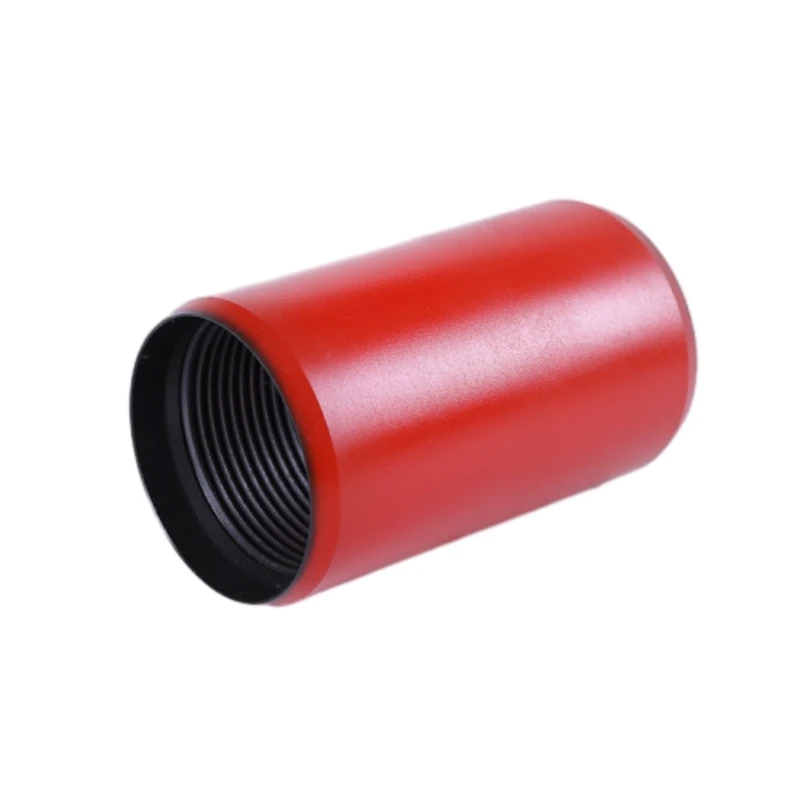- Afrikaans
- Albanian
- Amharic
- Arabic
- Armenian
- Azerbaijani
- Basque
- Belarusian
- Bengali
- Bosnian
- Bulgarian
- Catalan
- Cebuano
- Corsican
- Croatian
- Czech
- Danish
- Dutch
- English
- Esperanto
- Estonian
- Finnish
- French
- Frisian
- Galician
- Georgian
- German
- Greek
- Gujarati
- Haitian Creole
- hausa
- hawaiian
- Hebrew
- Hindi
- Miao
- Hungarian
- Icelandic
- igbo
- Indonesian
- irish
- Italian
- Japanese
- Javanese
- Kannada
- kazakh
- Khmer
- Rwandese
- Korean
- Kurdish
- Kyrgyz
- Lao
- Latin
- Latvian
- Lithuanian
- Luxembourgish
- Macedonian
- Malgashi
- Malay
- Malayalam
- Maltese
- Maori
- Marathi
- Mongolian
- Myanmar
- Nepali
- Norwegian
- Norwegian
- Occitan
- Pashto
- Persian
- Polish
- Portuguese
- Punjabi
- Romanian
- Russian
- Samoan
- Scottish Gaelic
- Serbian
- Sesotho
- Shona
- Sindhi
- Sinhala
- Slovak
- Slovenian
- Somali
- Spanish
- Sundanese
- Swahili
- Swedish
- Tagalog
- Tajik
- Tamil
- Tatar
- Telugu
- Thai
- Turkish
- Turkmen
- Ukrainian
- Urdu
- Uighur
- Uzbek
- Vietnamese
- Welsh
- Bantu
- Yiddish
- Yoruba
- Zulu
api casing sizes
Understanding API Casing Sizes A Comprehensive Overview
API casing sizes play a crucial role in the oil and gas industry, particularly when it comes to drilling operations and the management of well integrity. The American Petroleum Institute (API) has established standardized casing sizes to ensure uniformity and safety in drilling practices. In this article, we will discuss the importance of API casing sizes, the different types available, and their implications for drilling operations.
What is API Casing?
API casing refers to the pipe used in drilling oil and gas wells, providing structural support and protecting the wellbore from external pressures and contaminants. Casing is essential for maintaining well integrity, preventing the collapse of the borehole, and isolating different zones within the well. The API has developed a set of standards that specify the dimensions, strength, and material properties of casing pipes to ensure they can withstand the extreme conditions encountered during drilling and production processes.
Significance of Standardization
The standardization of casing sizes is vital for several reasons. First and foremost, it enhances safety. Uniform casing sizes mean that equipment, tools, and materials can be standardized across different projects, minimizing the risk of incompatibility. The safety protocols embedded in these standards help protect workers and the environment from potential hazards associated with well failures.
Moreover, standardization facilitates efficient operations. With standardized casing sizes, drilling companies can optimize their inventory, reduce costs, and enhance logistical planning. This efficiency is particularly critical in the oil and gas industry, where margins can be tight and operational downtime is costly.
API Casing Sizes Explained
API casing sizes are designated by a nominal diameter, typically expressed in inches. Common casing sizes include 4.5 inches, 5.5 inches, 7 inches, 9.625 inches, and 13.375 inches, among others. Each casing size has a specific classification based on its weight and grade, which determines its strength and resistance to different forces encountered during drilling.
api casing sizes

Casing sizes can be categorized into several classes, including surface casing, intermediate casing, and production casing.
1. Surface Casing This is the first casing run and is typically set to a depth that protects freshwater zones and provides structural integrity to the wellhead. Surface casing usually has a larger diameter to accommodate the subsequent casings.
2. Intermediate Casing This casing is set after the surface casing and is used to protect deeper zones of the formation. Intermediate casing also serves to stabilize the well and facilitate the drilling of additional, narrower casings.
3. Production Casing The production casing is the final casing that is installed to enable the extraction of oil and gas. It has a much smaller diameter and is designed to withstand the higher pressures observed during production.
Selecting the Right Casing Size
Selecting the right casing size involves careful consideration of various factors, including the geological conditions, the depth of the well, the expected pressures, and the type of play being explored. Engineers often refer to geological surveys and simulation models to make informed decisions about which casing to use.
In addition, proper casing design must consider the potential for thermal expansion, corrosion resistance, and pressure differentials, all of which can significantly affect the longevity and performance of the casing. Failure to select the appropriate casing size can lead to complications, such as well collapses or leaks, which may have severe environmental and economic consequences.
Conclusion
API casing sizes are a vital component of the oil and gas industry's drilling infrastructure. Their standardization not only enhances safety and efficiency but also ensures that all stakeholders can work with reliable specifications. Understanding the intricacies of API casing sizes and their appropriate applications is essential for engineers, project managers, and anyone involved in the drilling process. As the industry continues to evolve with new technologies and methods, the importance of adhering to these standards will remain paramount in safeguarding the integrity of drilling operations and ensuring the sustainable production of hydrocarbon resources.
-
Tubing Pup Joints: Essential Components for Oil and Gas OperationsNewsJul.10,2025
-
Pup Joints: Essential Components for Reliable Drilling OperationsNewsJul.10,2025
-
Pipe Couplings: Connecting Your World EfficientlyNewsJul.10,2025
-
Mastering Oilfield Operations with Quality Tubing and CasingNewsJul.10,2025
-
High-Quality Casing Couplings for Every NeedNewsJul.10,2025
-
Boost Your Drilling Efficiency with Premium Crossover Tools & Seating NipplesNewsJul.10,2025







